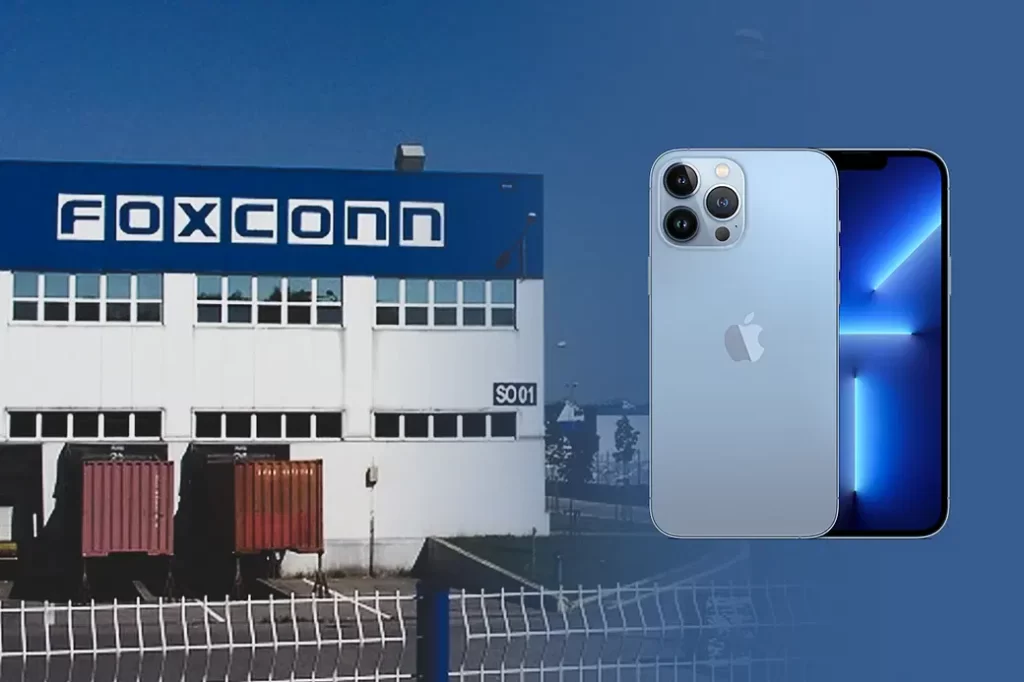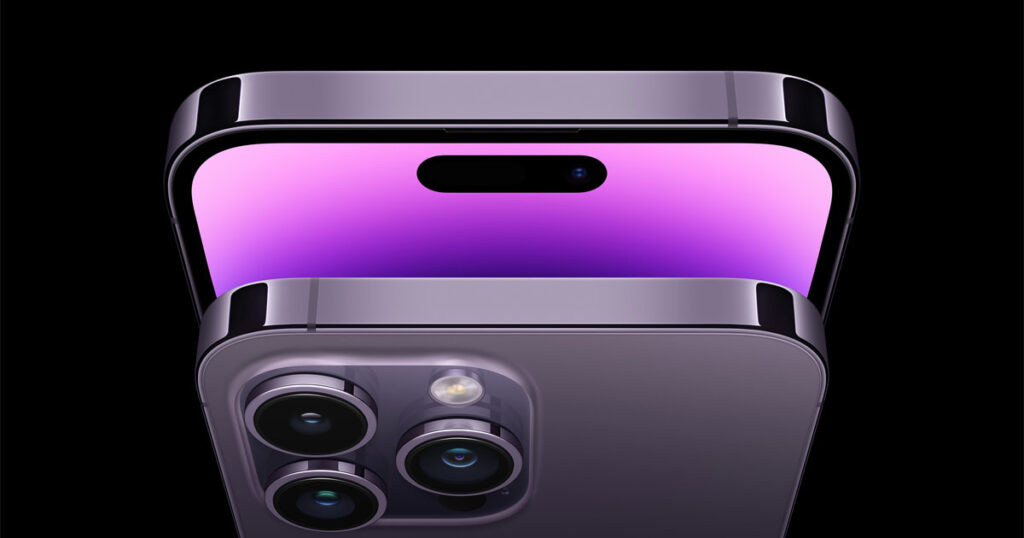Samsung Galaxy S24 vs iPhone 15: A Comprehensive Comparison

I am a law graduate from NLU Lucknow. I have a flair for creative writing and hence in my free time work as a freelance content writer.

I am a law graduate from NLU Lucknow. I have a flair for creative writing and hence in my free time work as a freelance content writer.
In a significant stride towards bolstering the “Make in India” initiative, Apple Inc. is poised to kickstart the production of its eagerly anticipated iPhone 15 in the southern state of Tamil Nadu. A recent report has unveiled that the Foxconn Technology Group’s manufacturing plant in Sriperumbudur is gearing up to roll out the latest iPhone iterations merely weeks after they commence production in Chinese factories. This strategic move aims to bridge the gap between Indian and Chinese manufacturing operations.

Anticipation is rife as Apple aficionados await the grand unveiling of the iPhone 15, anticipated to be announced on September 12, 2023. This upcoming iteration is slated to usher in the most extensive array of updates to the device in the past three years. The scale of production hinges largely on the availability of crucial components, many of which are imported. In view of this, production lines have been ramped up at the Chennai facility to facilitate seamless assembly.
Prior to the iPhone 14, Apple’s manufacturing footprint in India was limited, lagging behind China by a considerable six to nine months in terms of output. However, this disparity was considerably narrowed down last year. As of March-end, Apple managed to produce 7 percent of its iPhones in India, signifying substantial progress.
Apple is currently focused on aligning shipment timelines from India and China, aspiring to reach parity in this aspect. While sources remain cautious about achieving this goal, the push is evident and promising.
The spotlight isn’t solely on Foxconn, as other key Apple suppliers in India are also set to contribute to the production of the iPhone 15. Companies like Pegatron Corp. and the Wistron Corp. factory, which is on the brink of being acquired by the Tata Group, are gearing up to assemble the highly anticipated device.
In tandem with this development, reports have emerged indicating that Apple is primed to initiate the production of its iconic AirPods wireless earbuds at Foxconn’s Hyderabad facility. With an impressive $400 million investment by Foxconn, the Hyderabad plant is slated to commence large-scale manufacturing by December 2024.
The Foxconn Hyderabad factory is poised to churn out AirPods, marking the second product category, following iPhones, to be manufactured in India. Apple’s AirPods have etched their dominance in the TWS (true wireless stereo) market globally, making this strategic shift a pivotal move.
Also Read: Apple is working on its most powerful MacBook chip yet, the M3 Max
Having already established a manufacturing foothold in India through partners such as Foxconn, Wistron, and Pegatron, Apple’s expansion of product categories showcases their commitment to local production. As was the case with iPhones, there are whispers that AirPods production might extend to other facilities in the future.
With these groundbreaking developments, Apple is steadfastly ushering in a new era of localized production, underscoring India’s importance as a vital market and production hub.

I am a law graduate from NLU Lucknow. I have a flair for creative writing and hence in my free time work as a freelance content writer.
Even though it’s only the middle of February, analysts already have a fair sense of what to anticipate from Apple’s upcoming iPhone 15 series.
Numerous leaks hinted at the updated features and look of the new iPhone series.

In light of prior speculations regarding the iPhone 15’s improved camera, the most current rumour focuses on an anticipated design update for the iPhone 15 and 15 Plus.
The iPhone 15 and 15 Plus will reportedly include a new camera bump, according to a leak. It can seem like a small design aspect that users don’t really care about right now. However, the reason that’s fascinating is related to the lower iPhone models’ cameras.
Also Read: 15-Inch MacBook Air Rumored to Launch in April
The 48-megapixel sensor that Apple debuted with the iPhone 14 Pros earlier this year should be carried over to both the base device and the 15 Plus.
In recent years, as it updated the sensors, Apple gradually grew the iPhone’s camera bump.
Sensor-shift optical image stabilisation (OIS) technology was introduced with the iPhone 12 Pro Max. Then, Apple added that primary camera to every iPhone 13 device in addition to a new camera setup for the non-Pro variants.
Further with the debut of Apple’s first 48-megapixel sensor in a phone, the iPhone 14 Pro and 14 Pro Max received an even larger camera module. That sensor, according to Apple, is 65% bigger than the one on the iPhone 13 Pro.
Although not identical, the sensors in the iPhone 14 and 14 Plus are comparable to those in the iPhone 13 Pro and Pro Max. Compared to the iPhone 13, the iPhone 14’s bulge is a little bigger. The iPhone 13 Pro also has a third zoom lens, however, this model is smaller.
Higher light is captured by a bigger sensor, which also has more megapixels. However, it also occupies more room in the back. The camera bump’s size is increasing as a result. With such a background, it’s simple to see why the rumour that the iPhone 15 and 15 Plus would feature a larger camera bump is so enticing.
Also Read: Is the iPhone Ultra worth the wait?
The two phones are rumoured to include 48-megapixel primary sensors, the same as those found in the iPhone 14 Pros. That suggests that the rear camera module will need to grow, even if it only has room for two lenses. Reminder: Telephoto zoom lenses won’t be available on future non-Pro phones.
On Twitter, the leaker @ShrimpApplePro summarised the rumoured specifications for the iPhone 15 series and teased the larger camera bump for the iPhone 15 and 15 Plus. The 48-megapixel sensor for both the non-Pro and Pro models of the iPhone 15 is mentioned in the specifications he cited.

I am a law graduate from NLU Lucknow. I have a flair for creative writing and hence in my free time work as a freelance content writer.